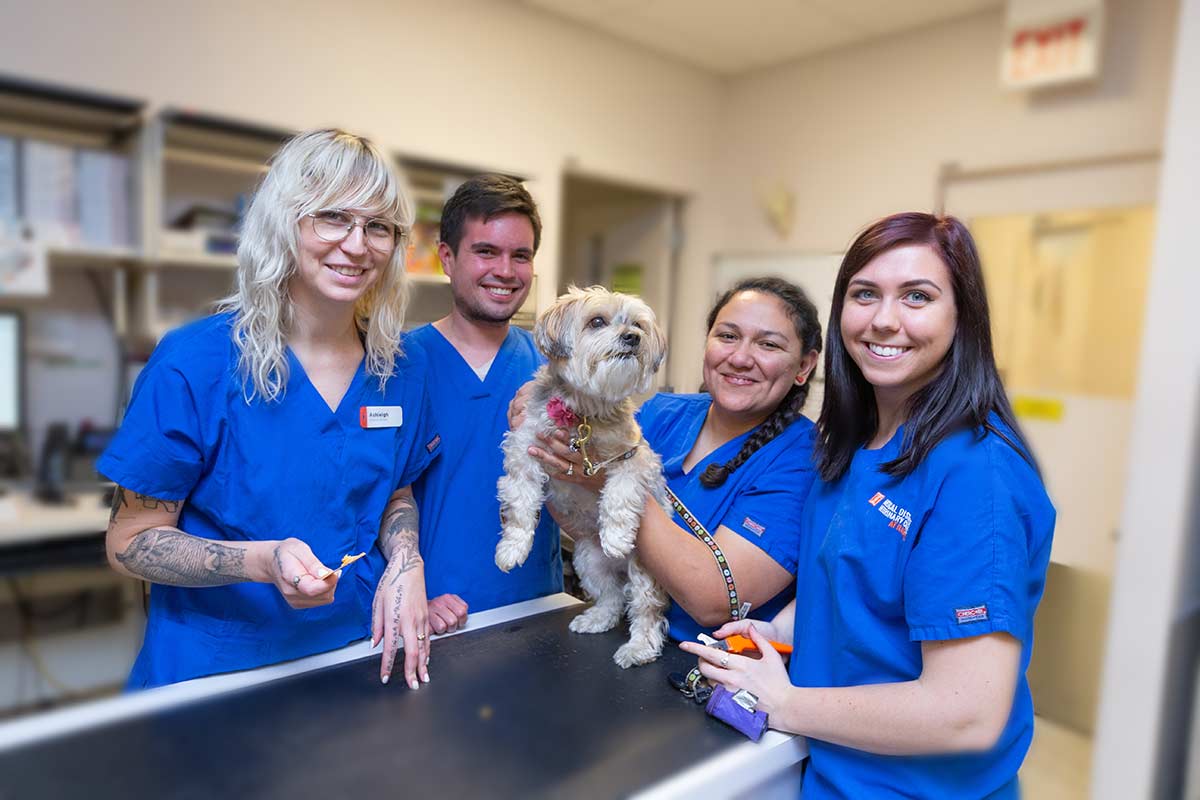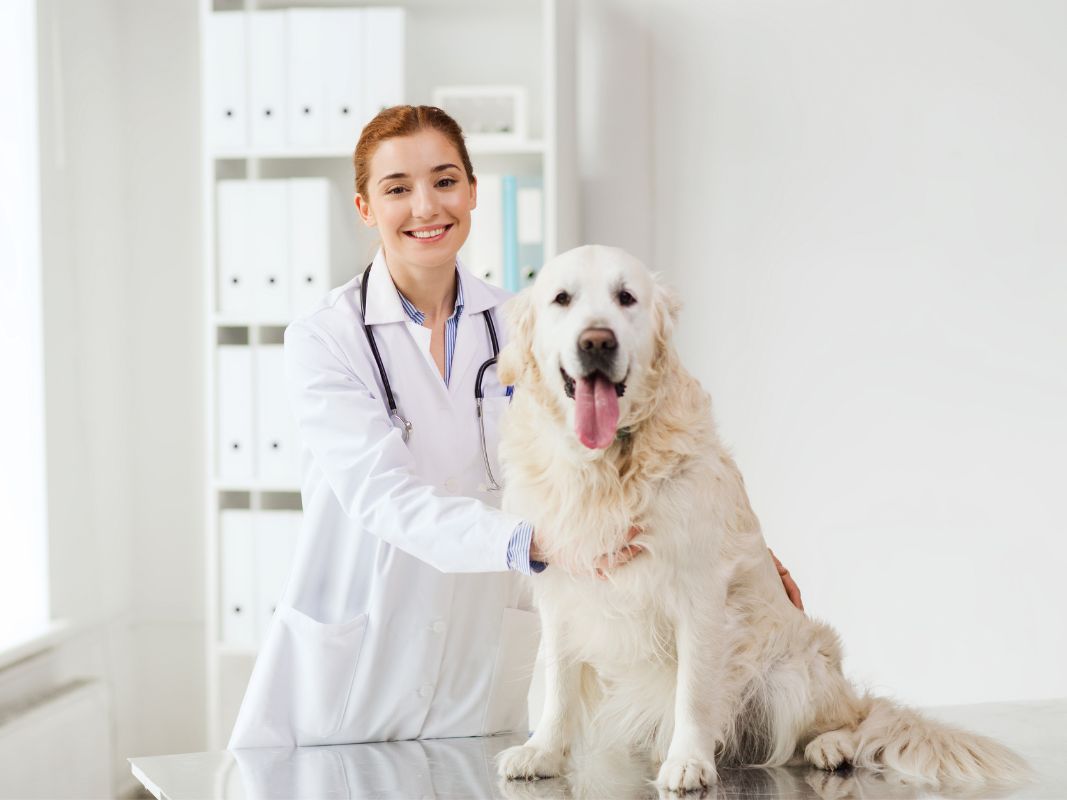Best Diet and Pain Relief Tips Post- tplo surgery for dogs
Everything About Vet Surgical Treatment: Understanding the Relevance of Expert Look After Your Pets
Vet surgery is an important part of family pet health care. It encompasses different treatments, from routine optional surgical treatments to immediate interventions. Understanding the intricacies of these surgical treatments can assist pet proprietors make educated choices. The prep work, implementation, and recuperation phases are vital for making sure the wellness of animals. With appropriate expertise, proprietors can browse the intricacies of veterinary treatment. What variables should be considered prior to a family pet undergoes surgery?
Kinds Of Vet Surgeries
When a family pet needs medical treatment, understanding the different kinds of vet surgeries can help pet dog owners make informed choices. Veterinary surgical procedures can be extensively classified into 3 major types: optional, immediate, and emergency surgical procedures. Elective surgical treatments, such as spaying or neutering, are intended procedures that are not promptly life-threatening. Urgent surgical procedures, like those for foreign body removal, must be carried out quickly but are not life-threatening in the minute. Emergency situation surgical procedures, such as those resolving extreme injury or internal blood loss, are vital and call for prompt attention.Additionally, surgeries can vary in intricacy, varying from minimally invasive laparoscopic treatments to much more extensive open surgical treatments. Each sort of surgical treatment brings its very own threats and healing procedures. Understanding these groups permits pet proprietors to engage in meaningful conversations with veterinarians, leading to far better results for their precious family pets.
Preparing for Your Family pet's Surgical treatment
Preparing for a family pet's surgery involves a comprehensive checklist to guarantee all fundamentals are covered. Effective interaction with the veterinarian is essential for recognizing the treatment and any required pre-operative actions - tplo surgery for dogs. Additionally, having clear post-operative care directions will certainly aid owners offer the very best support for their recouping family pets
Pre-Surgery Checklist Basics
Guaranteeing a smooth surgical experience for a family pet needs cautious preparation and interest to information. A pre-surgery list is necessary for pet owners to follow. Verifying the arranged surgical procedure day and time is vital. Proprietors need to also verify that their pet dog has not eaten according to the veterinarian's instructions, generally for 8-12 hours before surgical treatment. Collecting essential medical records, consisting of inoculation history, is essential for the vet's testimonial. It is likewise suggested to prepare a comfy room in the house for the family pet's recovery after surgery. Finally, owners need to have a prepare for transport to and from the vet facility, making certain that the pet is protected and comfortable throughout the journey. Following these actions can significantly improve the surgical experience.
Communicating With Your Vet

Reliable interaction with the veterinarian is necessary for a successful surgical experience for animals. Proprietors ought to be prepared to discuss their family pet's clinical background, including any pre-existing conditions, medicines, and allergic reactions. This info helps the veterinarian examine risks and tailor the surgical strategy accordingly. In addition, animal proprietors should ask inquiries regarding the procedure, anesthesia, and anticipated results to assure they totally recognize the process. Making clear any type of questions can relieve anxiousness for both the family pet and the owner. It is additionally crucial to connect any behavior changes or problems observed in the animal leading up to the surgical treatment. Eventually, clear dialogue cultivates depend on and collaboration, guaranteeing that pets obtain the very best feasible care during their surgical trip.
Post-Operative Care Instructions
After reviewing the procedure with the vet, animal proprietors need to focus on post-operative care guidelines to facilitate a smooth recovery for their animals. These instructions typically consist of monitoring the medical website for indicators of infection, such as soreness or discharge. Pet dogs may need to be kept one's cool and confined to prevent excessive activity that might disrupt healing. Discomfort monitoring is crucial, so proprietors should comply with the vet's guidance on administering medicines. Additionally, nutritional constraints may be advised to avoid intestinal upset. Normal follow-up appointments are very important to ensure appropriate healing and attend to any problems. By sticking to these post-operative treatment directions, pet proprietors can greatly add to their pet's recuperation and general health.
The Surgery Explained
The medical procedure for animals encompasses vital steps that guarantee their safety and recuperation. Pre-surgery preparations are crucial for reducing risks, while post-operative care standards play an essential duty in promoting healing. Comprehending these parts helps pet dog owners browse the medical experience a lot more efficiently.
Pre-Surgery Preparations
Before an animal undertakes surgical treatment, several important prep work need to take place to assure a secure and effective procedure. A complete veterinary assessment is necessary to evaluate the animal's total health and wellness and determine any type of prospective dangers. This might include here blood tests, imaging, or various other diagnostics. The veterinarian will certainly also review anesthetic options customized to the animal's certain requirements. Additionally, pet dog owners are normally instructed to keep food and water for a specified time before surgery to decrease the risk of problems throughout anesthetic. It is essential for proprietors to supply a full clinical background, including any type of medications or allergies, making sure the surgical team has all necessary info. Correct interaction and adherence to pre-surgery guidelines can substantially enhance the end result of the treatment.
Post-Operative Treatment Guidelines
Correct post-operative treatment is essential for making sure a pet's healing following surgical procedure. After the procedure, animals need to be kept an eye on carefully for any type of indications of issues, such as excessive blood loss, swelling, or unusual habits. It is important to comply with the vet's directions pertaining to medicines, including painkiller and prescription antibiotics. Pets need to be kept in a peaceful, comfortable atmosphere to reduce anxiety and advertise healing. Limiting activity is crucial; short, leashed strolls might be required, however jumping or running need to be stayed clear of. Normal follow-up appointments need to be arranged to examine the healing process. In addition, the medical site should be kept tidy and completely dry, with any type of indicators of infection reported to a veterinarian promptly. Sticking to these guidelines improves recuperation outcomes.
Anesthesia and Pain Administration
Effective anesthesia and discomfort monitoring are important elements of vet surgical procedure, ensuring that pets continue to be comfy and safe throughout the procedure. Veterinarians assess each animal's private requirements, taking into account elements such as age, weight, health and wellness standing, and the kind of surgical procedure being performed.Anesthesia procedures usually include a combination of pre-anesthetic medicines, induction representatives, and inhalant anesthetics, allowing for precise control over the pet's level of awareness. Surveillance during surgery is important; vets continuously observe important indications to deal with any prospective problems promptly.Pain management strategies may include opioids, non-steroidal anti-inflammatory medications (NSAIDs), and anesthetics, tailored to the pet dog's specific circumstance. This multifaceted strategy helps decrease discomfort and promotes a smoother medical experience. By prioritizing effective anesthetic and discomfort management, vet experts enhance the general well-being of family pets undertaking surgical treatments, guaranteeing they obtain the highest possible standard of care.
Post-Operative Care and Recovery
Following surgical treatment, the focus shifts to post-operative care and healing, which is vital for guaranteeing a pet's secure return to normal tasks. Throughout this period, family pets call for a silent, comfortable setting to help recovery. Proprietors should closely check their pet dogs for any indicators of discomfort or uncommon behavior.Veterinary guidelines frequently consist of specific instructions associated with medicine administration, wound care, and dietary adjustments. It is vital to stick to these referrals to reduce difficulties and promote healing. Animals may require to be restricted from strenuous activities, such as running or leaping, throughout their recovery period (emergency vet bellingham).Regular follow-up visits with the veterinarian enable tracking of the pet dog's development and timely changes to the care strategy. Providing emotional support and friendship can likewise boost a pet's healing experience, helping to reduce stress and anxiety and stress and anxiety. Overall, diligent post-operative care plays a significant function in attaining an effective recuperation
Identifying Complications After Surgical Treatment
Just how can animal proprietors identify difficulties after surgery? Recognition of particular signs is necessary for making sure the health of animals throughout healing. Typical indicators consist of extreme swelling, inflammation, or discharge at the surgical website, which may represent infection. In addition, relentless pain, shown by grumbling or unwillingness to relocate, must trigger immediate focus. Adjustments in cravings or water intake can additionally show difficulties; a decline in these habits may signal discomfort or distress.Moreover, pet proprietors should check their animals for any type of unusual actions, such as sleepiness or difficulty breathing, as these can be indicators of serious concerns. Vomiting or diarrhea following surgical treatment may require immediate vet examination. Identifying these issues early can substantially affect a family pet's healing procedure, stressing the importance of vigilance and punctual interaction with a veterinarian for any worrying signs and symptoms.
The Role of Vet Specialists in Surgical Treatment
Veterinary specialists play a vital function in ensuring the safety and security and success of surgeries for pets, specifically complying with surgery when keeping track of and treatment are paramount. These professionals consist of vets, veterinary technicians, and support team, all of whom contribute specialized abilities to the surgical process.Before surgery, veterinarians conduct complete analyses to evaluate the animal's wellness, making certain that any hidden problems are managed. During the procedure, the medical group provides anesthetic, maintains sterile environments, and keeps an eye on essential signs, very important for reducing risks.Post-operative care is equally considerable; vet experts observe for difficulties, handle pain, and overview owners on recovery methods. Their experience enables them to identify very early indications of distress or infection, making certain prompt intervention. Inevitably, the joint efforts of vet specialists in medical treatment promote a safe setting, advertising the health of family pets throughout the surgical trip.

Often Asked Inquiries
Exactly how Do I Select the Right Veterinary Cosmetic Surgeon for My Pet?
Picking the best vet doctor involves researching credentials, reading testimonials, and assessing the center's environment. It is vital to show on the cosmetic surgeon's experience with particular treatments and their communication style when making a choice.
What Prevail Misconceptions Regarding Veterinarian Surgeries?
Typical mistaken beliefs regarding vet surgical procedures include beliefs that they are constantly dangerous, unneeded, or for emergencies. Several family pet owners take too lightly the advantages of preventive treatments and the ability included in veterinary medical care.
How Much Will My Family pet's Surgery Price?
The price of an animal's surgical treatment can differ significantly based on factors such as the sort of procedure, the veterinarian's experience, and geographic area (emergency vet near me). Typically, expenditures range from a few hundred to a number of thousand dollars

Can My Family Pet Eat Prior To Surgery?
Prior to surgical treatment, it is normally encouraged that pets refrain from eating for a particular period. This fasting helps in reducing the threat of problems during anesthetic. Proprietors must consult their vet for exact directions tailored to their animal's needs.
What happens if My Animal Has Pre-Existing Wellness Conditions?
When an animal has pre-existing wellness conditions, it's crucial for the veterinarian to evaluate these factors before surgery. This assessment guarantees ideal safety measures are taken, reducing dangers and optimizing the pet's general security during the treatment.